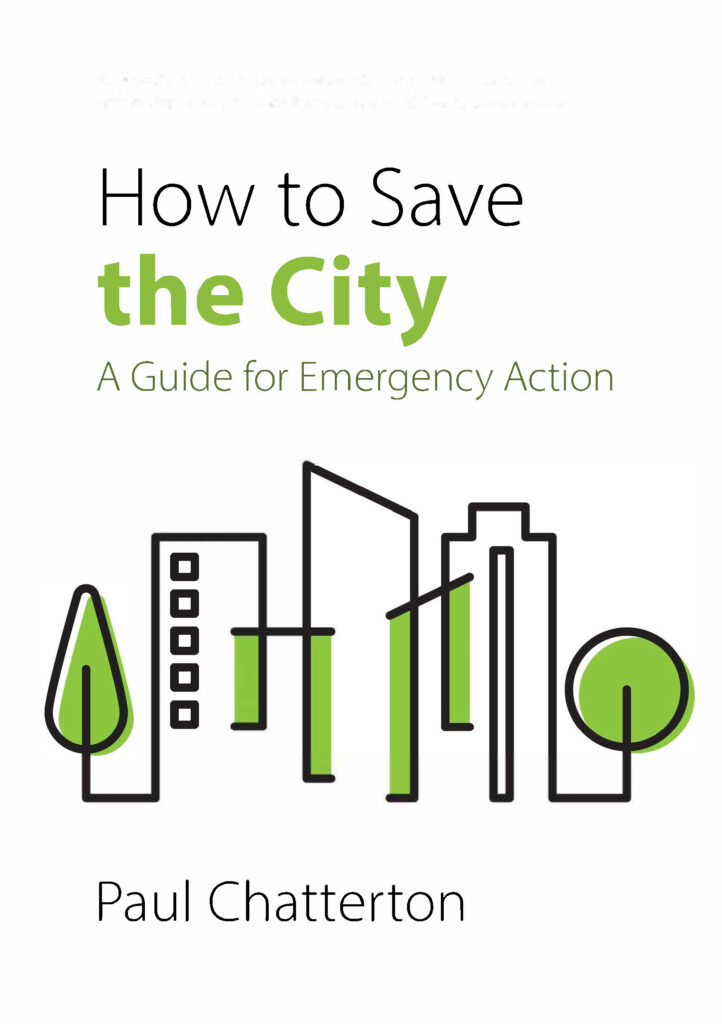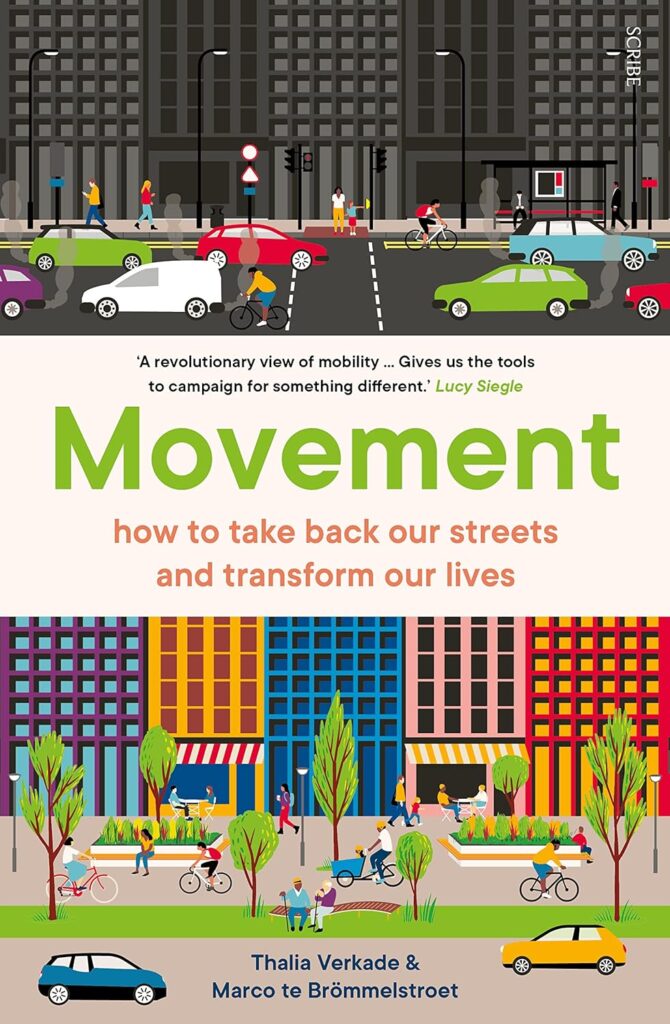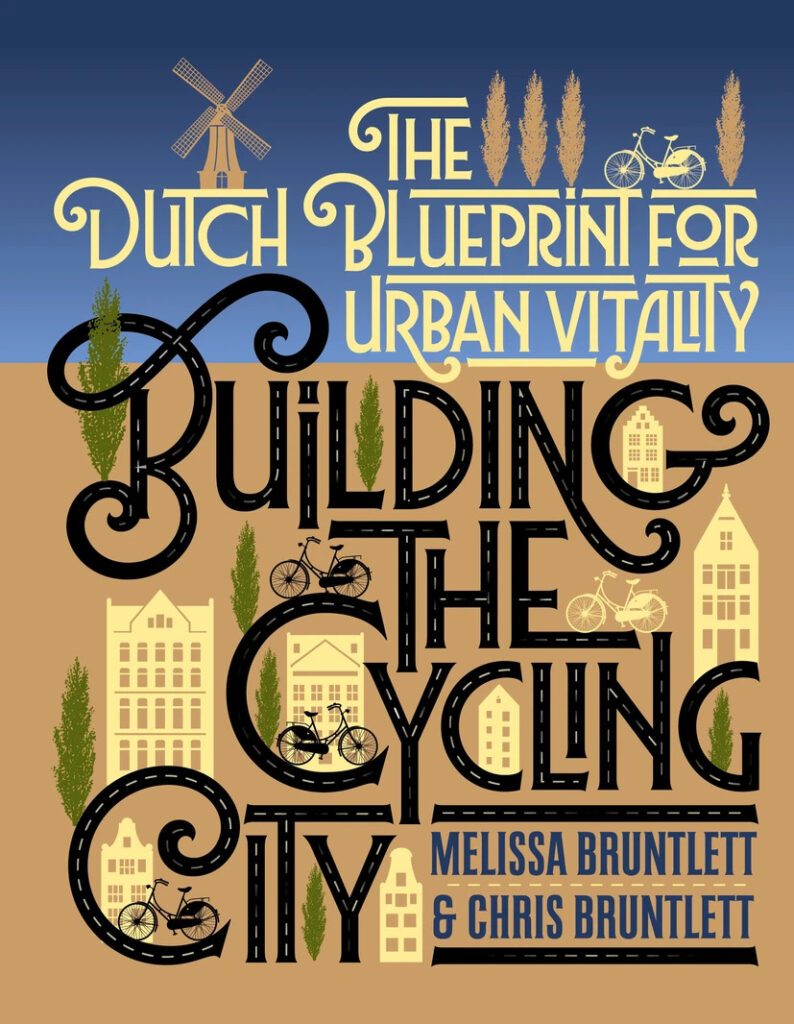“We keep feeding our children with cars, cars, cars. It’s no surprise they grow up thinking that cars are the life goal. But you know what’s cooler? A bike! And even better, a bike-friendly city. That’s why I’ve written a children’s book about the joy of cycling and the future of cities!”
— Lior Steinberg

What is it about?
From the children’s standpoint, how do they define a child-friendly city? How can we inspire our children to think about cities in new and alternative ways? What is their understanding of mobility? How can they imagine cities that are sustainable, livable, and inclusive? How can they find their role in creating people-oriented cities? What impact do stories and narratives have in this regard? We need to develop a new holistic perspective for our children to look at the human-scale city, and cycling is the best lens to build such a perspective. The Car That Wanted to Be a Bike is an excellent resource to help us do so.
Today’s children largely experience the city and world around them from the backseat of their parents’ car. A child-friendly city allows them to travel freely and independently; leading to better health and happiness for kids, and also for their parents.
— Chris Bruntlett

Written by Lior Steinberg and illustrated by Rita Kruglova, The Car That Wanted to Be a Bike is an amazing story that revolves around a car who loves to move around the city with his family and drove them to their favorite destinations. But when the family lifestyle changed, he faced new challenges that changed his role. The car yearns for the freedom, flexibility, and various experience that bicycles offer for the family.
This inner turmoil is brilliantly captured by the author as the car seeks freedom from its four-wheeled life and embarks on a new journey. By delving into the car’s new aspirations, the author effectively conveys the environmental experience and human connection that bicycles symbolize.
The world is changing, and sometimes it’s difficult to fit in. Johnny, a lovely and friendly car, experiences it firsthand. One day, Johnny’s family finds out how nice it is to use a bicycle instead of a car. Johnny misses his family and dreams of becoming a bike. Can Johnny turn into a two-wheeler? How does his family react? Can Johnny find a new purpose in life?
Lior Steinberg, the author, is an urban planner and co-founder of Humankind, a Rotterdam-based agency for urban change. He weaves a compelling and provocative story about a car’s unexpected desire for an alternative existence. This imaginative tale takes readers on an amazing journey to rethink the city and the way our children experience it. The exclusion of children from urban spaces has been addressed by many experts. Not only do they limit children’s sense of safety and autonomy, but their physical activity levels are also alarmingly low. The main goal of the book is to change the way our children perceive cities and mobility to make them leaders in creating sustainable future cities.With captivating images and vibrant colors, the illustrations play a significant role in elevating the content of the book and efficiently engaging readers.
What approach does it take?
The Car That Wanted to Be a Bike is a captivating book that employs storytelling, imagination, and illustrations to transform children’s (ages 3-6) perspectives on cities and mobility. Its brevity and focus on visually appealing illustrations set it apart, enticing readers to delve into its narrative.
Who might be interested in this book?
The book will appeal to parents who want to introduce their children to cities where people are central. By using imaginative journeys, it helps our children change how they see the city and how they can move around it.
Further details
- Academic disciplines: Urban cycling and children studies.
- Relation to cycling: Cycling and child-friendly cities are the focus of this book. Through an imaginative storytelling approach, the book highlights child-friendly cities from a mobility perspective to understand how we can change the way our children perceive cities.
- Website: https://www.humankind.city/car



